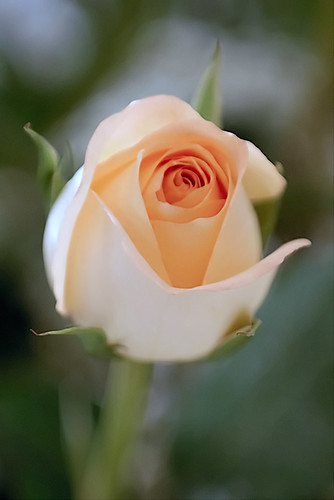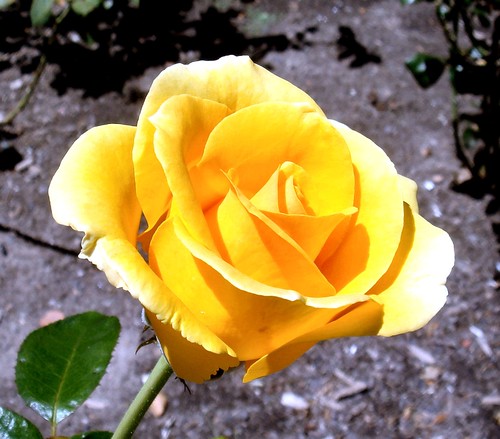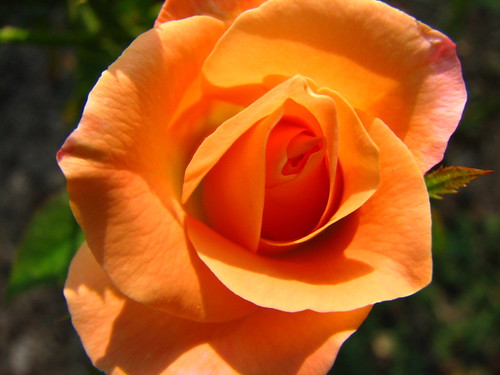The adaptability of Gliricidia sepium to any type of soil makes it an ideal tree for any farmer who wants to cultivate a plantation of it. It’s perhaps one of the easiest growing plants one could find.
In Central America it’s called Madriado, Cacao de nance, Mata raton or Madre de cacao. Here in the Philippines, it’s locally known as Kakawate, a leguminous tropical tree that grows mostly in forests and could grow from five to ten meters tall. Although native of Central America, it has been naturalized everywhere because of its adaptability to any type of condition.
Kakawate defoliates during dry season and flowers at the same time. So you could just imagine how odd-looking but beautiful Kakawate is during the dry season-leafless tree with nothing but branches and flowers. The flowers are pea-like with petals that are usually lavender, pink or white. It also bears fruits that look like a leathery pod and seeded.
Kakawate is very easy to propagate and inexpensive. The tree could re-sprout very quickly after pruning. Many farmers plant them mainly to shade other perennial crops like cacao, coffee and tea. Aside from this, kakawate could provide a lot of uses to the farmers from its roots to its leaves. Its multipurpose use makes it a good plant crop in agroforestry.
Since kakawate is a legume, it is useful for fixing nitrogen in the soil, thus improving soil quality and increasing crop yields. Kakawate has strong roots. It stabilizes sloping lands and reduces soil erosion. Its wood could be used as firewood, hedges, and fencing field. The leaves are rich in nitrogen and other nutrients suitable for green manure and fodder to farm animals.

Kakawate used as live fence (Photo from http://www.css.cornell.edu)
But the innovative uses of Kakawate are not limited to fodder and firewood. Farmers have often overlooked the other important uses of Kakawate-as rodenticide and insecticide.
The bark of Kakawate is stripped and cooked with grains like corn or rice and used as poisonous bait for rodents. The advantage of Kakawate as bait is that the rats do not develop bait shyness that is common in using synthetic rodenticide. The Kakawate has distinctive aroma that could attract the rodents that eventually, with the right amount could terminate them.
The active substance in Kakawate is not a rapidly acting substance and needs repeated doses for it to be effective. But unlike commercially prepared rat killers, it is less lethal in case of accidents. Farmers who used Kakawate observed that when rats eat it, their hands stiffen and they get bloated and die of hemorrhagic poison. After the bait was consumed it would take one to two days before the farmers could find them dead on the fields.
Aside from its ability to kill rats, Kakawate is also a good insect repellant. It has same active substance that could wipe out the insects alighting on farm animals. To do this, farmers would collect the silky, young leaves of Kakawate, ground them and mixed them with water. The farm animal is then applied with the resulting pasty cream.
Although kakawate proved to be an effective insect repellant and rat killer as many farmers proved it, further research has not ensued to develop it. One huge reason is the immediate availability of commercially manufactured insecticide and rodenticide in the market which would be likely more preferred particularly in first world countries. But in third world country like the Philippines, such knowledge is important and valuable. Imagine, farmers could now obtain rat poison and insect repellant at no cost.
Written by Rita T. dela Cruz
Reference: www.bar.gov.ph
Sources:
1. “The multipurpose mouse killer”
2. “Uses and efficacy of Gliricidia sepium”












